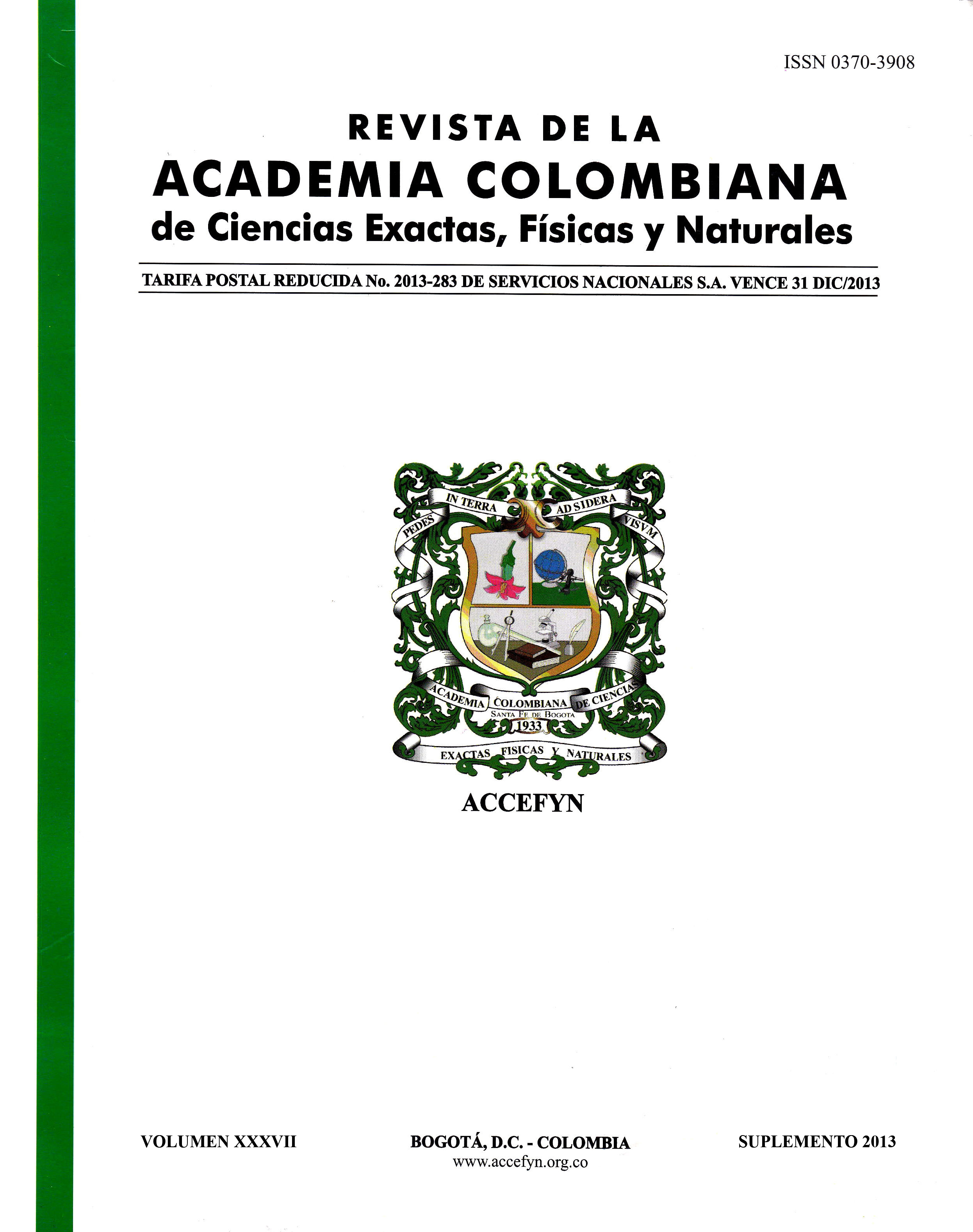Resumen
En este trabajo reportamos la preparación, la caracterización eléctrica y estructural, el análisis morfológico y las medidas de dureza de materiales compuestos de caolinita Al2(Si2O5(OH)4 y alúmina AL2O3. Las muestras fueron preparadas a partir de mezclas de óxidos precursores iniciando con 100% de alúmina, la concentración de caolinita se fue incrementando en pasos de 10% hasta completar el 100%. Las muestras fueron sinterizadas por el método de reacción de estado sólido a las temperaturas de 1150, 1250 y 1350 °C. Se encontró que las muestras de alúmina son estables 4 las diferentes temperaturas de sintesis. Las muestras de caolinita al 100% sufren un cambio de fase dependiendo de la temperatura de sinterizado, encontrando que a 1350 °C se produce 87% de mullita y 13% de cristobalita. La presencia de cuarzo fue solamente detectada en muestras con 100% de caolinita para temperaturas de sinterizado de 1150 y 1250 °C. Todas las muestras con una mezcla de alúmina y caolinita muestran las presencia de mullita, la cual se incrementa cuando el contenido de caolinita es alto o cuando se incrementa la temperatura de sinterizado. Esto nos permite inferir que la introducción de alúmina optimiza el proceso de formación de multita debido a la reacción del SiO2 que sobra de la caolinita. La muestra con 100% de alúmina tiene una dureza Mohs de aproximadamente 5, y está se incrementa con el contenido de
caolinita, hasta alcanzar una dureza de cerca de 6 para la muestra con 100% de caolinita. La constante dieléctrica de estos materiales es de aproximadamente 27.82.
Referencias
Aksay, L. Dabbs, D. 1991. Mullite for Structural, Electronic, and Optical Applications. J. Am. Ceram. Soc., 74 (10): 2343-2358.
Burgos, O. 2008. Síntesis y Procesamiento Coloidal de Nanocompuestos de Alúmina-Mullita. Tesis Doctoral, Instituto de Cerámica y Vidrio (CSIC), Madrid, Universidad Autónoma de Madrid.
Carty, W. 1998. Porcelain—Raw Materials, Processing, Phase Evolution, and Mechanical Behavior, J. Am. Ceram. Soc., 81 (1): 3-20.
Chen, C. Lan, G. 2000. Preparation of mullite by the reaction sintering of kaolinite and alumina. Eur. Ceram. Soc., 20 (14-15): 2519-2525.
Heimann, R. 2010. Classic and Advanced Ceramics, 1st ed, Wiley-VCH Verlag GmbH & Co. KGaA, Weinheim, Germany.
Meng, B. Peng, J. 2013. Effects of in Situ Synthesized Mullite Whiskers on Flexural Strength and Fracture Toughness of Corundum-Mullite Refractory Materials, Ceramics International, 39 (2): 1525-1531.
Rossini, A. Arazi, S. 1970. Mullitización de Mezclas de Arcilla Caolinitica e Hidróxido de Aluminio. Boletín de la Sociedad Española de Cerámica, 5, 579-591.
Schneider, H. Schreuer, J. Hildman, B. 2008. Structure and properties of mullite. Eur. Ceram. Soc., 28 (2): 329-344.
Torres, J. Mejía, R. 2007. Influencia de la Composición Mineralógica de los Caolines Sobre el Desempeño de Morteros Adicionados con MK. DYNA, Revista Universidad Nacional, 74 (153): 61-67.
Torres, J. Castelló, R. 2011. Análisis Comparativo de Caolines de Diferentes Fuentes para la Producción de Metacaolín. Revista Latinoamericana de Metalurgia y Materiales, 31 (1): 35-43.
Weber, B. Thompson, W. 1957. Ceramic Crucible for Melting Titanium. J. Am. Ceram. Soc. 40 (11): 363-373.

Esta obra está bajo una licencia internacional Creative Commons Atribución-NoComercial-SinDerivadas 4.0.
Derechos de autor 2024 https://creativecommons.org/licenses/by-nc-nd/4.0

